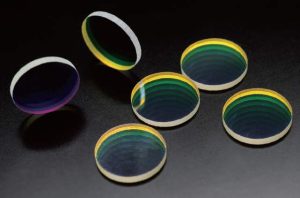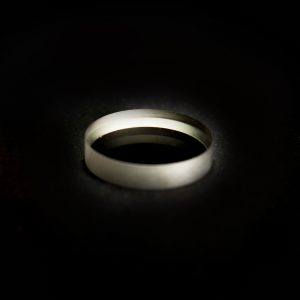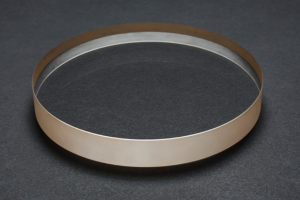Aspheric lenses generally refers to the lens surface that is rotationally symmetric but aspherical, such as ellipsoid, hyperboloid or paraboloid. The difficulty in machining aspheric surfaces is relative to spherical lenses.
For example, during rough machining, spherical lenses can be directly ground in a spherical grinder, and due to the high symmetry of the sphere, multiple lenses can be ground simultaneously at once. The curvature radius of the lens surface at different positions in the mold is completely consistent.
However, aspherical lenses only have one axis of symmetry, and cannot be produced using this method of mass grinding with molds. They can only be processed on a single piece, such as using a diamond cutter for cutting, which greatly increases the processing time and cost.
When polishing, the curvature of the spherical mirror is consistent throughout, making it easy to correct; The surface curvature of aspherical lenses varies everywhere, making correction much more complex, resulting in higher processing costs.
However, the above difficulties are all based on the premise of glass lens processing. In plastic formed optical devices, it is estimated that the cost difference between these two types of lenses will be much smaller than that of glass lenses. Of course, I don’t know the specific cost of plastic lenses, I’m just guessing.




